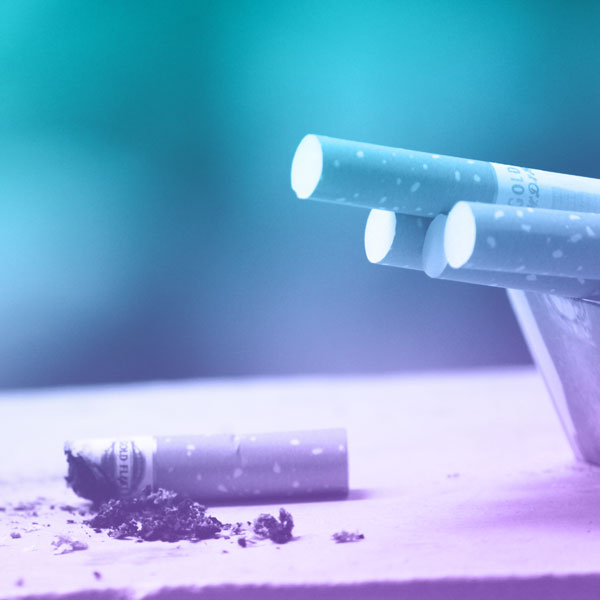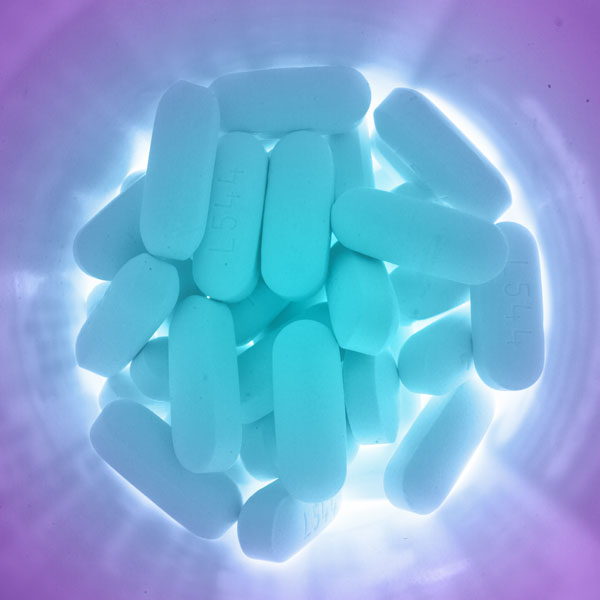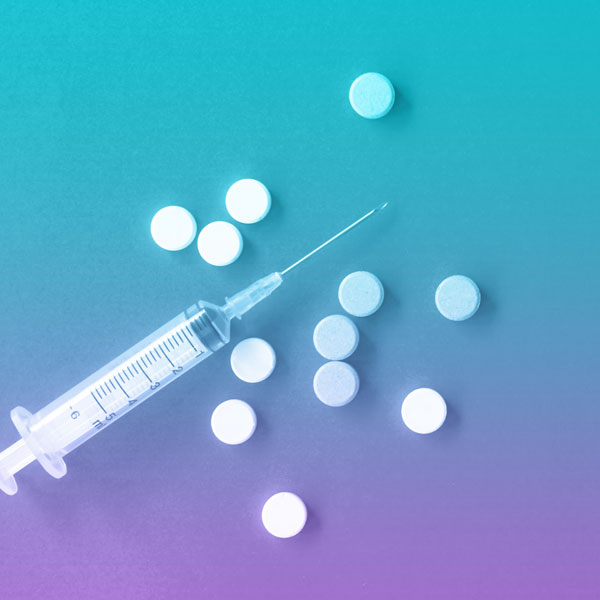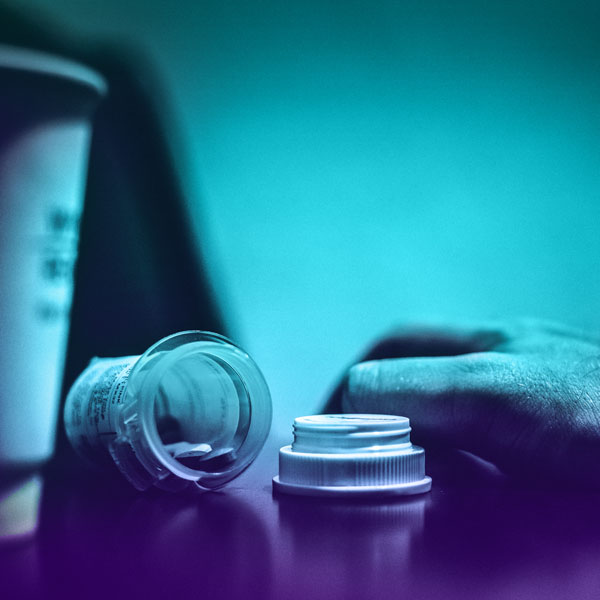What Drugs are the Most Addictive
For people without a drug use disorder, the commitment to a substance so destructive to an individual’s health and well-being seems at best odd and worst irresponsible. However, people who look at addiction so plainly do not understand the chemical reactions in a user’s brain or the medical definition of dependence.
Dependence is not addiction, but addiction typically always encompasses dependency. A person can become physically dependent on a drug even when using that drug as prescribed. The user will experience withdrawal symptoms because their body becomes accustomed to the added benefit or boost of the prescription, medication, or substance. While dependence does not automatically equate to addiction, it is the precursor to it.
Addiction is both a physical and mental reliance on a substance. The continued use of a drug can alter the brain’s chemical makeup, specifically the pleasure center. A person taking addictive drugs, including prescription opioids, creates a loop of reward or pleasure shortcuts, changing how they process information. The drug use then becomes a compulsion and, depending on the drug, can be challenging to quit without assistance.
When considering the most addictive substances, people tend to lean into the well-known illegal substances, like heroin and cocaine, but not every drug is illegal. To better understand the most addictive substances, it becomes necessary to review all those substances, both legally and illegally distributed and consumed.

Nicotine
Nicotine, found in cigarettes and vaping devices, is an addictive substance. The substance’s chemical composition has a similar effect to other addictive drugs on the brain, releasing dopamine and highlighting the pleasure center. The longer a person uses nicotine, the harder it is to quit because of the physical and mental dependence on the drug. Every year about half of those using nicotine try and stop permanently, but only about six percent succeed. As cigarettes and vaping pens are legal, it is one of the most available drugs on the market to people of all ages, with over 40 percent of high school seniors admitting to vaping.
Alcohol
Like nicotine, alcohol is legal when consumed or purchased at legal age. While millions of people use alcohol responsibly, the substance is prime for abuse. The affordability and accessibility of the product and its effects on the body’s dopamine levels and the central nervous system make it appealing to many. Alcohol can enhance a user’s mood while working as a depressant, relaxing the body, and easing inhibitions. Depending on the level of dependence, alcohol abuse withdrawal symptoms can be life-threatening, requiring medical intervention for successful withdrawal and sobriety.
Heroin
Heroin is an illegal substance and highly addictive. It is a drug that activates the opioid receptors of the brain, blocking pain and increasing relaxation through its sedation effects. Many users describe heroin use as euphoric; however, users quickly achieve tolerance, meaning that people need more and more of the substance to receive those same feelings. Unfortunately, with long-term use, addicts experience many adverse effects.
- Liver and kidney disease
- Infections in heart valves and lining
- Abscesses
- Pneumonia and other lung complications
- Insomnia
- Depression
- Antisocial personality disorder
- Clogged blood vessels


Cocaine
Cocaine, a stimulant, can lead to binge addiction patterns. The drug, manufactured in either a powder or rock form, floods the brain with dopamine in quick and brief moments of euphoria. The rapid process of the high means that addicts are more likely to take doses back to back, attempting to lengthen the duration of the high. This use pattern often leads to a crash of mental and physical fatigue and depression; these experiences then compel the user to use more to avoid the duress. Unfortunately, it is the mental toll of depression and cravings that make cocaine more challenging to quit.
Methamphetamine
Methamphetamine, now known by street names like meth, crystal, and ice, originated for use in nasal decongestants and bronchial inhalers. The drug is entirely man-made and can be legally purchased as a schedule II stimulant. However, most illegal usage of the substance comes in the form of crystal meth. Like cocaine, the high with meth comes in quick waves that both begin and fade quickly, leading to binge-like habits of increasing tolerance. Many addicts will suffer adverse health effects from long-term use.
- Memory loss
- Paranoia
- Hallucinations
- Confusion
- Anxiety
- Dental problems
- Skin sores
- Violent and erratic behavior
- Severe weight loss
- Change in brain structure and function
Barbiturates
Barbiturates are depressants. As a legally prescribed medication, these drugs relieve anxiety, promote sleep, prevent seizures, and relieve muscle spasms. Users consume the substance in pill form or through an injection. The addictive nature stems from a feeling of relaxation and a lack of inhibitions. Still, like so many other drugs, users achieve a tolerance quickly, leading to a greater risk of overdose as they chase after a high. Beyond the higher chance of fatality stemming from an overdose, barbiturates can lead to feelings of paranoia and suicidal thoughts. Signs of an overdose are as follows:
- Clammy skin
- Weak and rapid pulse
- Shallow breathing
- Dilated pupils
- Coma

Amphetamines
Amphetamines are prescription stimulants typically used in the treatment of attention-deficit hyperactivity disorder. Doctors also prescribed the medication as study aides, appetite suppressants, and medicine to help people stay awake.
When dealt illegally, amphetamines go by street names like black beauties, speed, uppers, bennies, crank, and ice. The pills or injections have a similar effect to cocaine, but the high is long-lasting and starts slow. Long term and chronic abuse can lead to psychosis, including paranoia, violent and erratic behavior, and hallucinations. It is not uncommon to confuse the long term symptoms with schizophrenia.
Methadone
While many people may recognize methadone as a treatment to combat opioid addiction, the drug’s affordability also makes it a leading prescription opiate for chronic pain sufferers. Unfortunately, the overexposure of the drug has added to the opioid crisis and recreational use.
For the treatment of heroin addiction, methadone is an excellent way to wean addicts because of the long-lasting and euphoric blocking effects. However, it is easy for a user to become dependent without strict adherence to prescription instructions because of its potency. Because of the ease of abusing the substance, patients should only use methadone as a detox when supervised.

Benzodiazepines
Benzodiazepines are prescription sedatives. This class of drugs works to sedate or calm a person by raising the brain’s GABA level, an inhibitory neurotransmitter. While the world currently understands opioids as a crisis, many people fail to realize that benzos remain an issue. When combined with opioids, benzos’ effects are often detrimental, even deadly, because both medications sedate and suppress breathing. Some of the most common drugs in this class include alprazolam, diazepam, and clonazepam.

Opioids
While heroin is technically an opioid, there are many opioids still prescribed to treat moderate to severe pain. Some of the most common prescription drugs are oxycodone, morphine, methadone, and hydrocodone. However, among the most lethal and dangerous in this class of drugs is fentanyl, a synthetic drug more than 50 to 100 times more potent than morphine. Unfortunately, these drugs’ artificial nature means that illegal import is rising despite more significant federal regulations on institutions.
Hallucinogens
Hallucinogens are either synthetically produced or found in nature in plants and fungi. These drugs, like peyote, psilocybin, LSD, PCP, marijuana, and salvia, cause sensations and produce images that, while they may seem real, are figments of the user’s imagination. While overdose deaths are rare with most hallucinogens, people can become distraught, leading to accidents, suicide, or other dangerous behaviors. The use of PCP or ketamine, however, can result in an overdose death.
Drug addiction is a mental and physical condition. The substances abused by you or a loved one create physical dependence and ultimately change the brain’s chemistry, affecting how people prioritize their lives. If you or a loved one suffer from a substance use disorder, or if you believe that you or a loved one needs help to eliminate dependence on one of the drugs mentioned above, contact Clean Recovery Centers for assistance.
SOURCES:
- https://www.cleanrecoverycenters.com/addiction/
- https://www.drugabuse.gov/drug-topics/tobacconicotine-vaping
- https://www.drugabuse.gov/publications/research-reports/tobacco-nicotine-e-cigarettes/nicotine-addictive
- https://www.drugabuse.gov/publications/drugfacts/heroin
- https://www.drugabuse.gov/publications/drugfacts/methamphetamine
- https://www.drugabuse.gov/publications/research-reports/methamphetamine/what-methamphetamine
- https://www.dea.gov/factsheets/barbiturates
- https://www.dea.gov/factsheets/amphetamines
- https://www.dea.gov/taxonomy/term/321


